Bring the outdoors in with these 12 garden room ideas – just in time for summer
Offering the best of indoors and out, these garden room ideas are sure to inspire
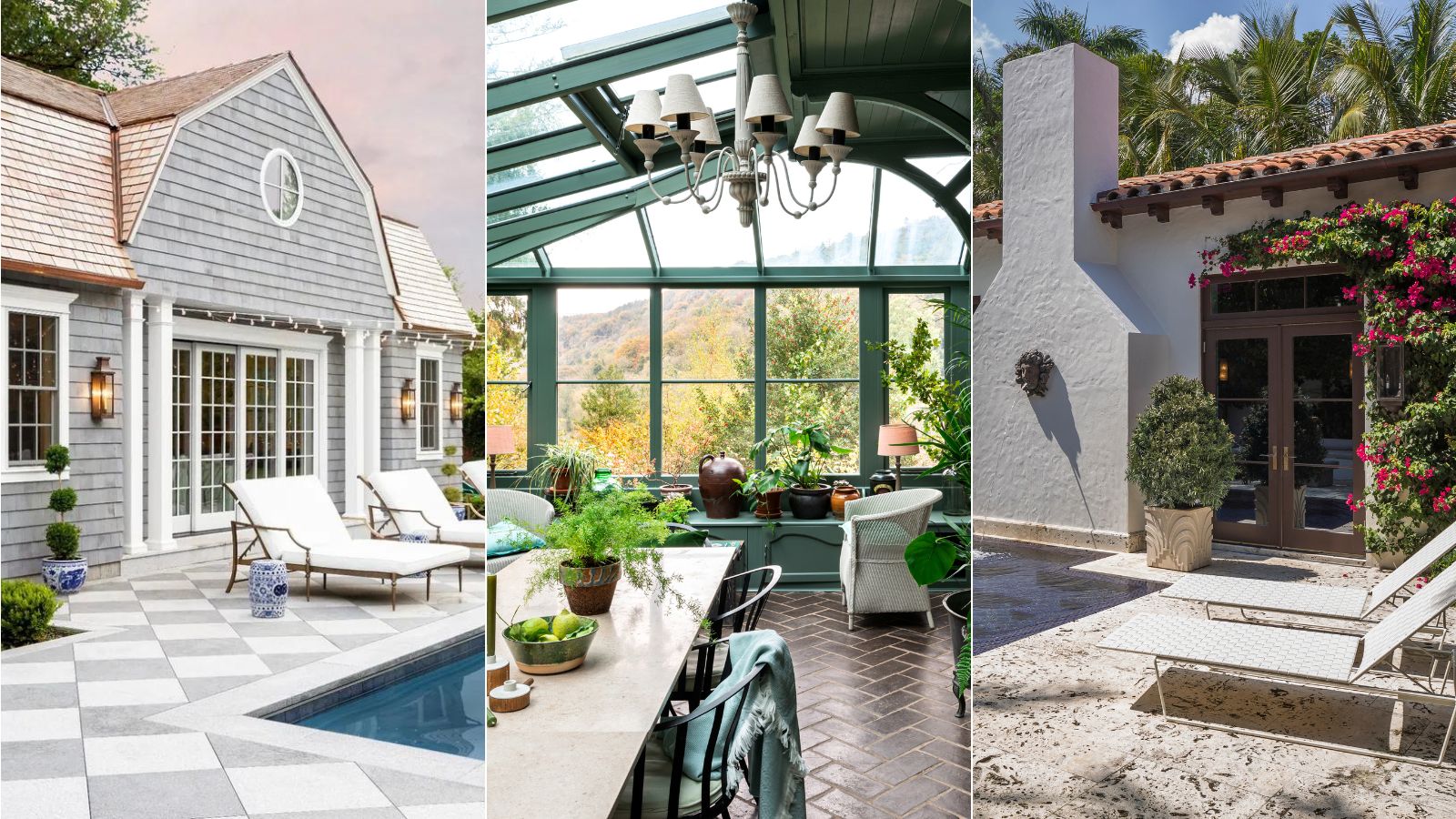
- 1. Mimic the architecture of your home
- 2. Choose a color scheme that blends into the garden
- 3. Look to convert an existing outbuilding
- 4. Choose natural-looking flooring
- 5. Grow foliage and flowers over the building
- 6. Repurpose materials for a sustainable build
- 7. Create a space designed for entertaining
- 8. Add plenty of pattern and print
- 9. Go big with glass
- 10. Bring the garden's style in
- 11. Consider local zoning laws
- 12. Make it practical for your lifestyle
- FAQs

Charlotte Olby
Looking for garden room ideas? If your home is in need of some extra square footage (and some extra light), this could be the perfect solution.
By definition, a garden room is a windowed space with a roof. Most often, a garden room is a freestanding backyard idea, like a shed or a greenhouse. But, they can also be attached to an existing building, similar to a sunroom, conservatory, or orangery. Summerhouses, garden rooms, pool houses, studios, orangeries… there are so many options out there, and quite a lot of cross-over between them.
Garden rooms seamlessly blend the serenity of outdoor spaces with the comfort of indoor living, offering a space to unwind and reconnect with the natural world without leaving the confines of your home.
From small apartments to spacious estates, there's a garden room idea to suit every taste and lifestyle. Here are 12 expert-approved garden room ideas, tips, tricks, and plenty of inspiration to help you plan your next garden ideas.
12 Inspiring Garden Room Ideas For Summer 2024
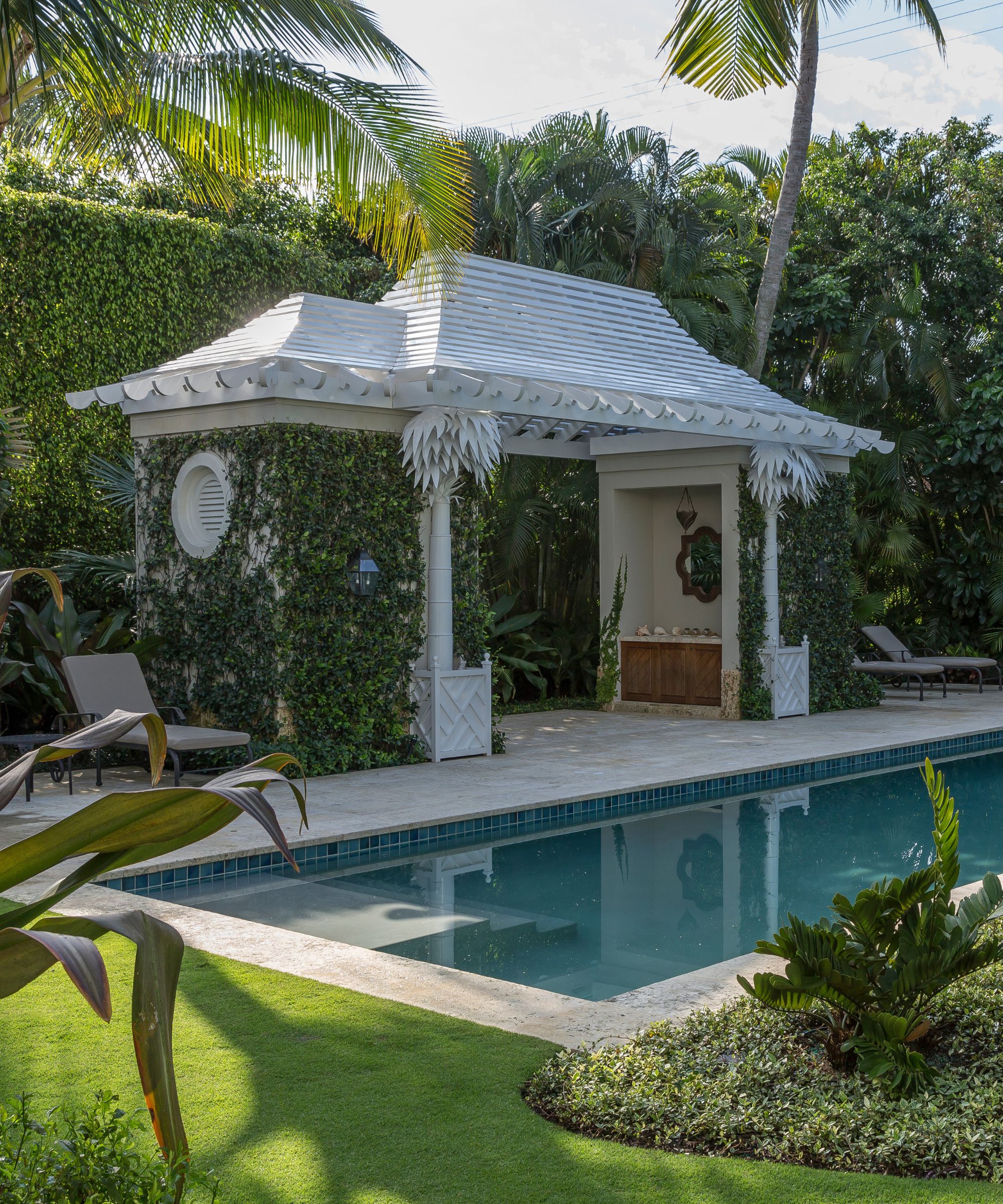
Extending your home into the backyard, building a freestanding room with a view of the garden, or refurbishing an existing shed or outbuilding can all offer an opportunity for a light-filled, functional space at home. From entertaining to relaxing, a garden room has lots of promise but it can be hard to get the design perfect.
Whether you want a space to supercharge and display your favorite house plants, somewhere to be creative, or a home bar that brings the party to you, a garden room can be wherever or whatever you need it to be – here are our best tips, with a little help from the experts to designing a beautiful garden room this summer.
1. Mimic the architecture of your home
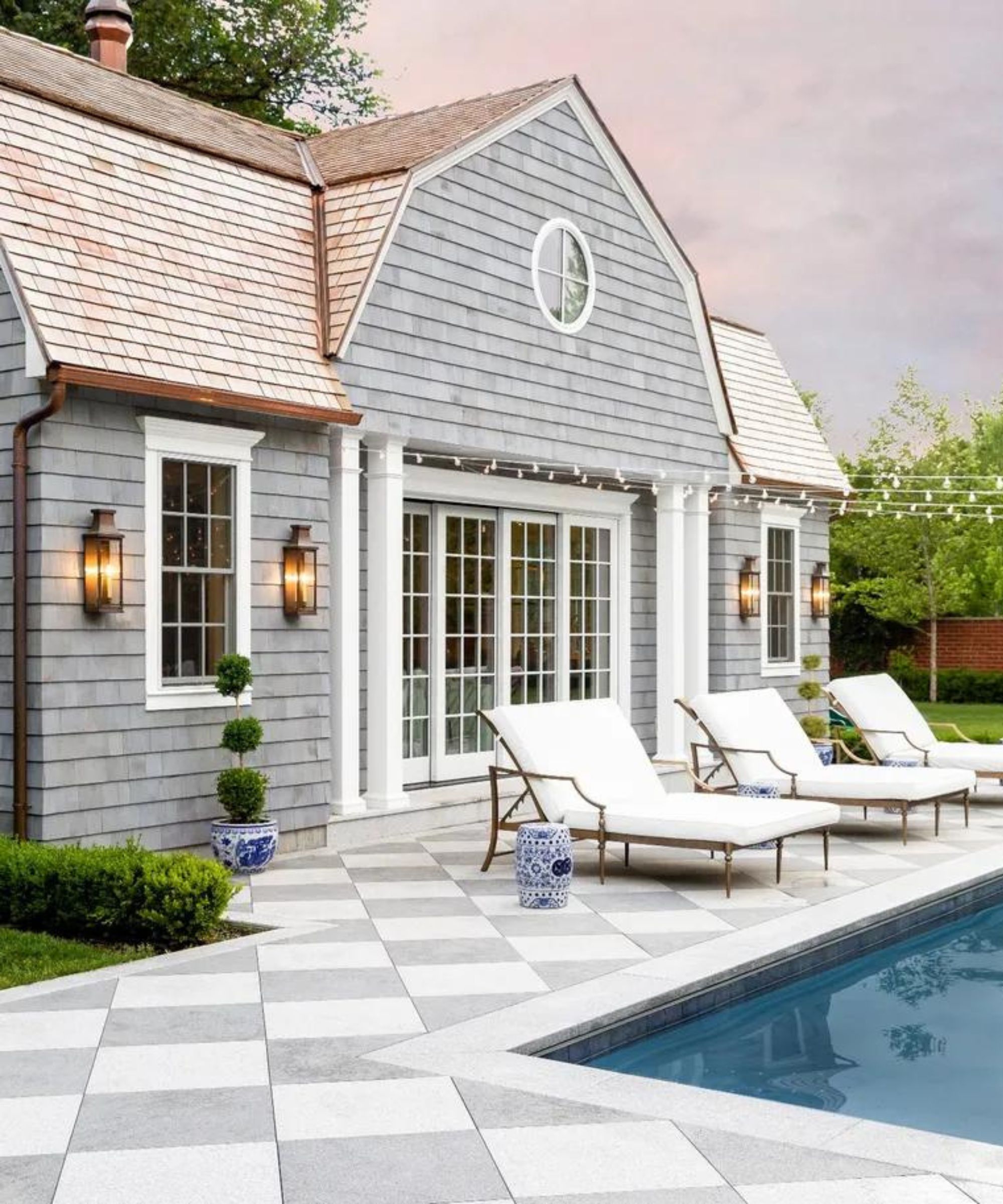
The buildings on your property should share a sense of style, so look to your home for ideas about how to design your garden room. Take cues from the features of your home such as arches, columns, or exposed beams, and echo them in your garden room design choices. This subtle repetition establishes a cohesive narrative that ties the spaces together.
For this pool house idea, designers at The Fox Group chose the same siding, roofing, and tile that's on the main house for a sense of cohesion. Including similar architectural elements of your home within the design of your garden room establishes a seamless flow from indoors to out.
2. Choose a color scheme that blends into the garden
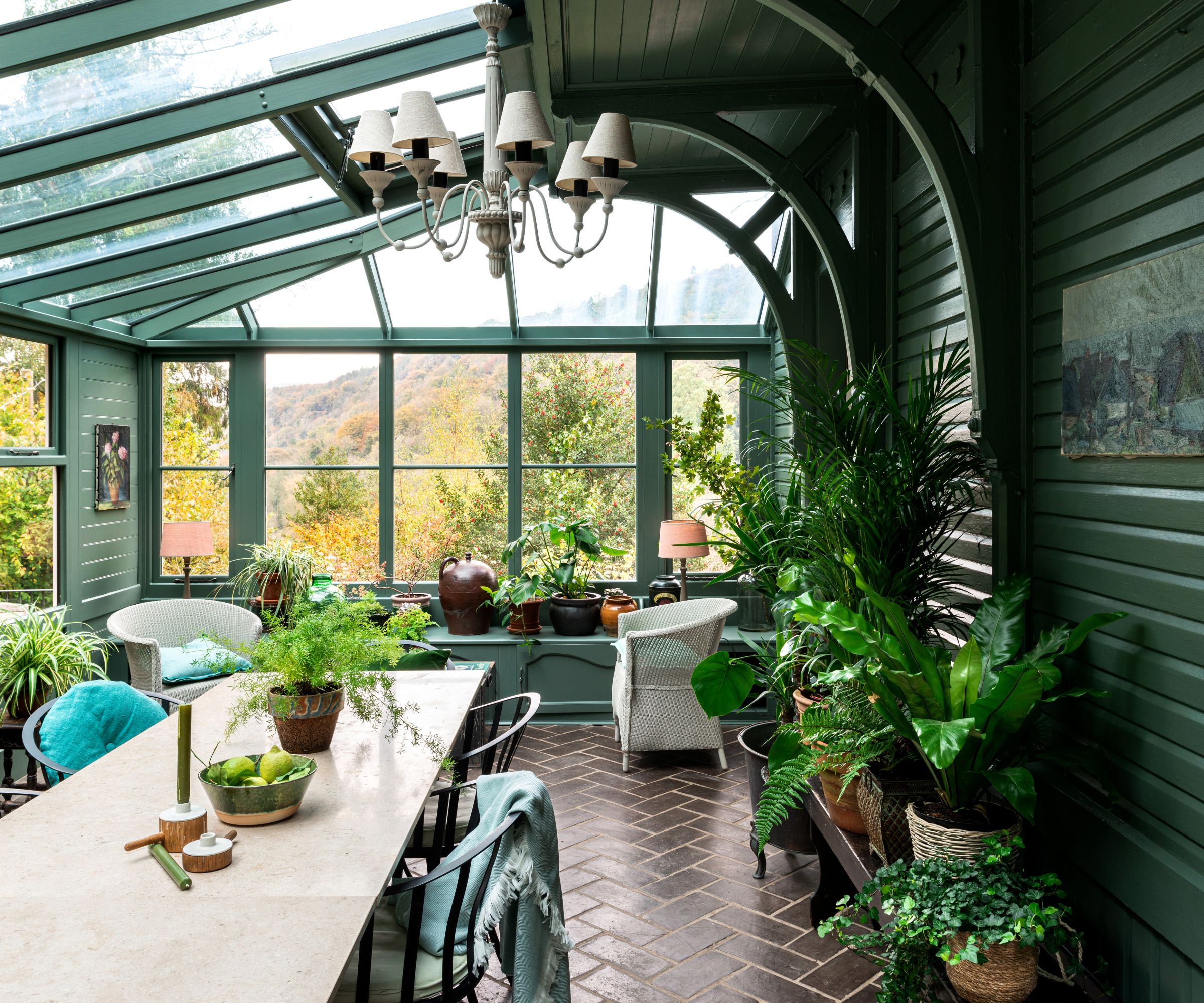
Let's face it, some outbuildings can be a bit of an eyesore. Choosing a color palette that echoes the tones of the surrounding garden not only enhances the visual appeal of a garden room; but also fosters a sense of connection with nature.
Nature provides an endless array of colors to draw inspiration from, whether it's the vibrant greens, the soft blues of the sky, or more earthy tones.
'A garden room is a wonderful addition to any home,' says Patrick O'Donnell, international brand ambassador at Farrow & Ball. 'Whether used as a place of relaxation or a home office, you will want some degree of the room blending or ‘living’ within the landscape, so choose colors that have an empathy with the outdoors,' he suggests.
'Dark colors are surprisingly discreet, so look to something like Railings, a black-blue that will act as a great foil if you plan on any landscaping around the structure. To keep it dark but with more naturalism, err towards Green Smoke, a lovely drab dark green that will almost disappear. If darks feel too much, choose a mid-neutral like French Gray or Mouse’s Back. Both of these shades will deliver a gentle softness without being bland,' advises Patrick.
3. Look to convert an existing outbuilding
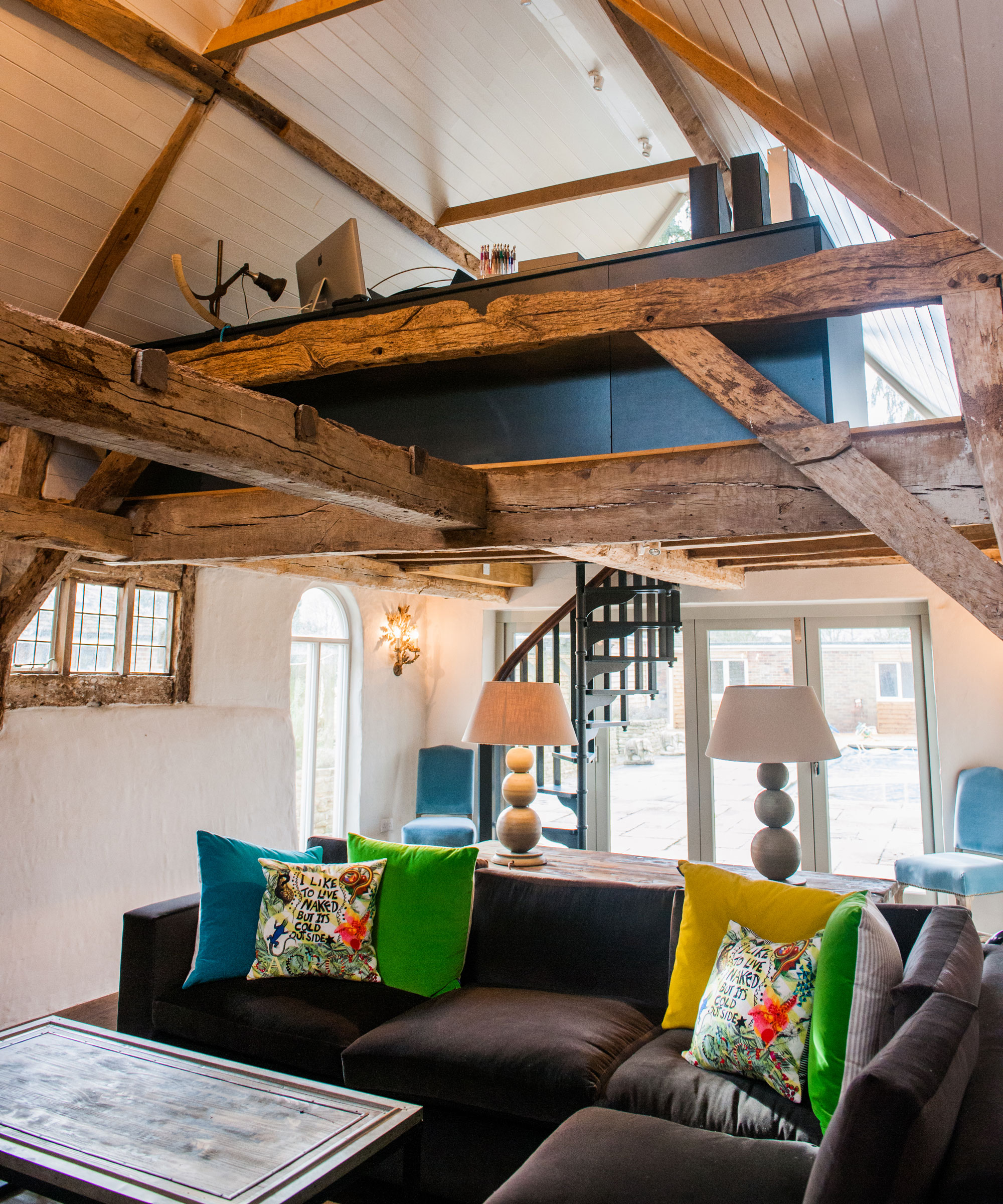
Dunning & Everard decorated this 17th Century semi-derelict farm storage building which has been converted into a home office with room for comfortable meetings.
If you already have a shed or barn on your property, consider converting it into a space you can use year-round. Detached living spaces can work well as in-law apartments, au-pair suites, or home offices.
Consider how you envision using the space – whether it's as a home office, a yoga studio, a creative retreat, or simply a tranquil haven for relaxation. Tailor the layout and amenities accordingly, incorporating features such as insulated walls, heating, and cooling systems, adequate lighting, and comfortable furnishings.
A home office is now a key selling point for home buyers, but whether or not they add true value to a house differs depending on where you are, says Lindsay Cuthill of Savills. ‘In the country, there’s usually ample space to build one but in a city it’s much more of a challenge – I’d expect houses that already have a good home office space in the yard to therefore attract a premium,' she says.
4. Choose natural-looking flooring
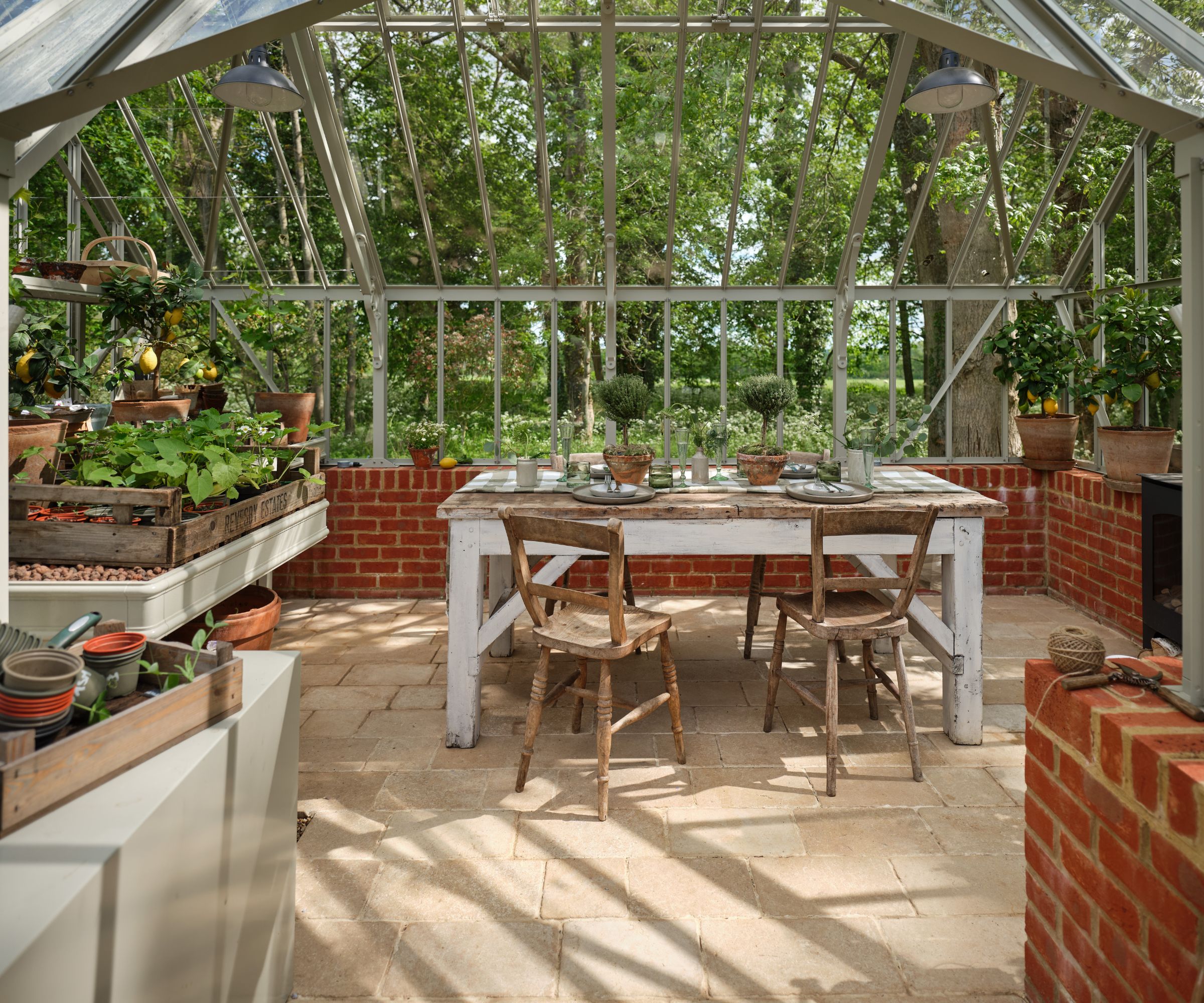
When it comes to creating a garden room that seamlessly blends indoor comfort with outdoor charm, the choice of flooring plays a key role in setting the tone.
Nothing compares to the timeless appeal of organic materials such as hardwood and natural stone. These materials not only add warmth and texture to your garden room but also bring a sense of authenticity to the space, particularly if it's a new build.
'There is something so romantic about dining out under the stars, but we can never quite predict the weather, which is why utilizing a garden room and its vast expanse of glass can be perfect,' says Grazzie Wilson, head of creative at Ca' Pietra.
'While a garden room can be practical, from potting to growing plants, its rustic charm can lend itself to an informal dining space; the perfect place to host lunch on a weekend. If this is the case, you’ll want to ensure the space is as beautiful as it is functional so think carefully about flooring options,' she advises. 'A fantastic option is to choose Limestone which brings character and warmth to any scheme. A tumbled and etched finish tile means it is anti-slip while the soft honey color complements this fresh country home [above] perfectly.'
5. Grow foliage and flowers over the building
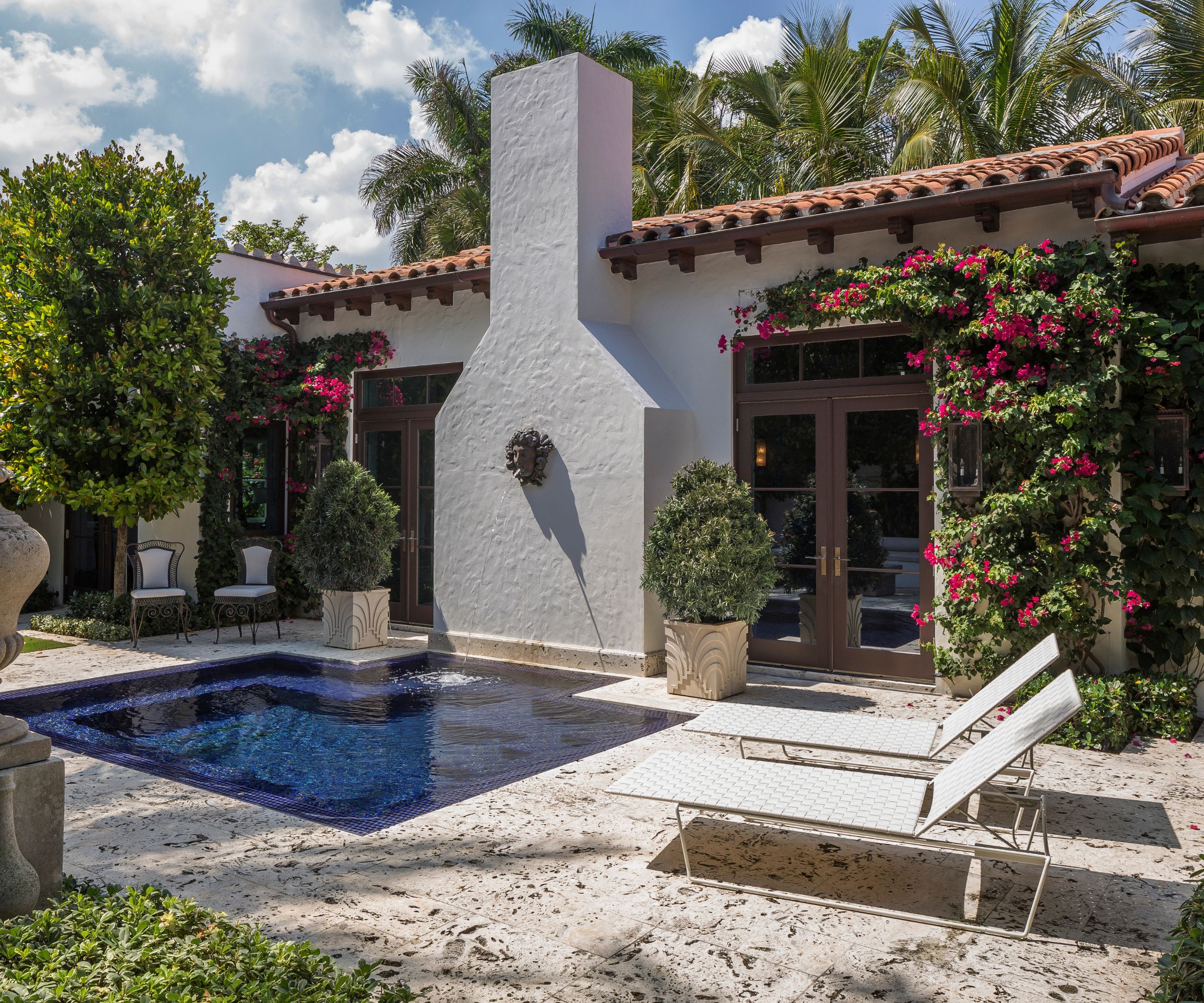
One of the best ways to make a garden room look more enchanting is to blur the boundaries between building and nature. Growing foliage and flowers over your garden room is a wonderful way to soften its architectural lines and create a sense of harmony with the surrounding landscape.
Look to select the best climbing plants that thrive in your local climate and growing conditions. Popular choices include ivy, jasmine, wisteria, honeysuckle, and climbing roses, each offering unique textures, colors, and fragrances that add charm to the building.
Be sure to provide adequate support for their growth with trellises, pergolas, or arbors, and select plants that can easily climb and adhere to these structures. Experiment with different plant combinations and arrangements to create a vertical garden that evolves with the seasons.
6. Repurpose materials for a sustainable build
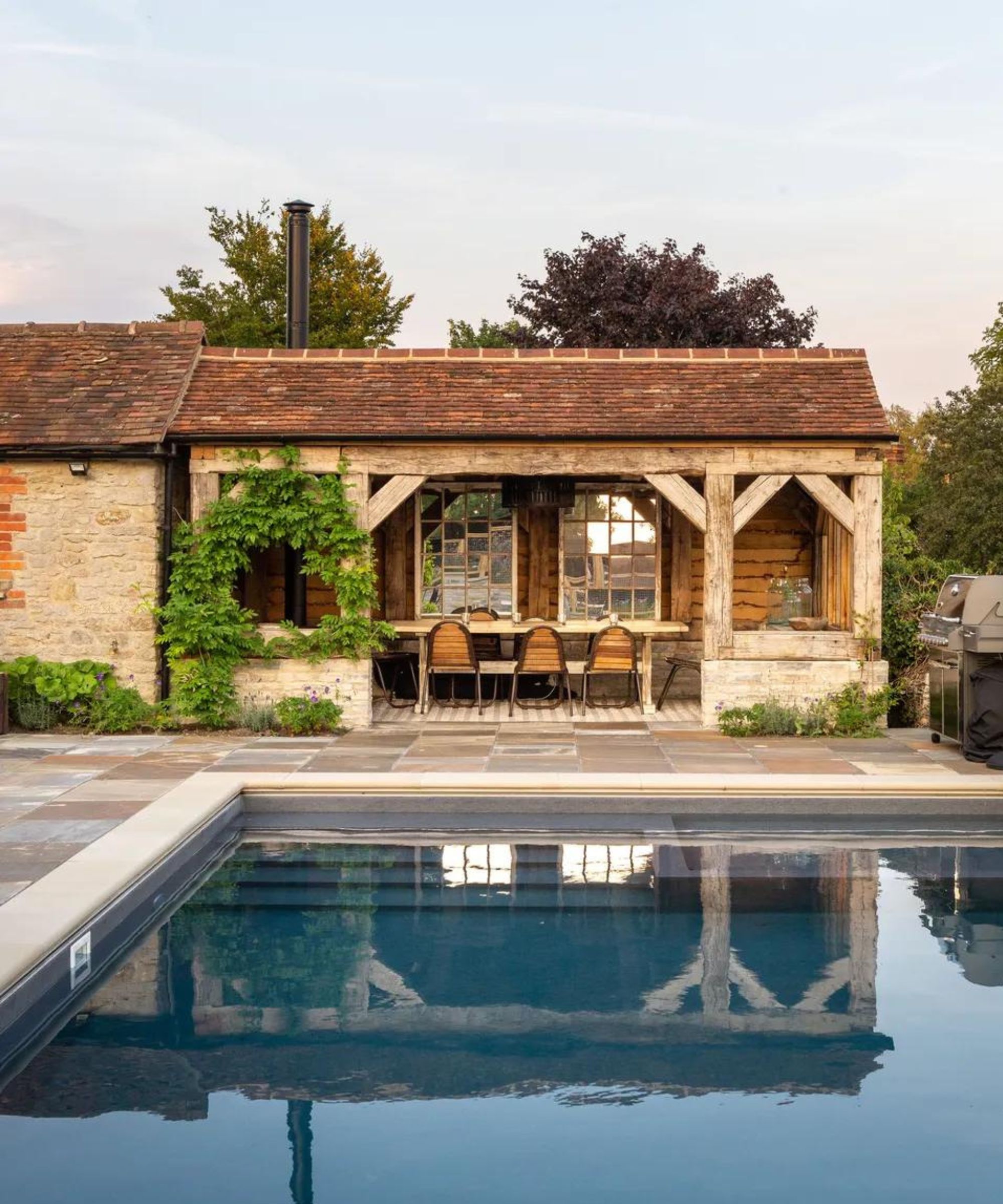
When constructing a garden room, incorporating reclaimed and repurposed materials is a responsible choice that not only adds character but also contributes to the preservation of natural resources and the reduction of waste.
Repurposing materials is a creative and rewarding endeavor that allows us to breathe new life into discarded resources and create spaces that are both environmentally friendly and aesthetically pleasing.
Reclaimed wood is a versatile and sustainable building material that adds warmth and a rustic charm. Salvaged from old barns, factories, and warehouses, antique wood boasts a unique patina and history that cannot be replicated with new timber.
Aside from structural materials, upcycling salvaged fixtures and fittings is a great way to add personality to your garden room. Explore local salvage yards, antique stores, and online marketplaces for unique finds that can be refurbished and repurposed.
7. Create a space designed for entertaining
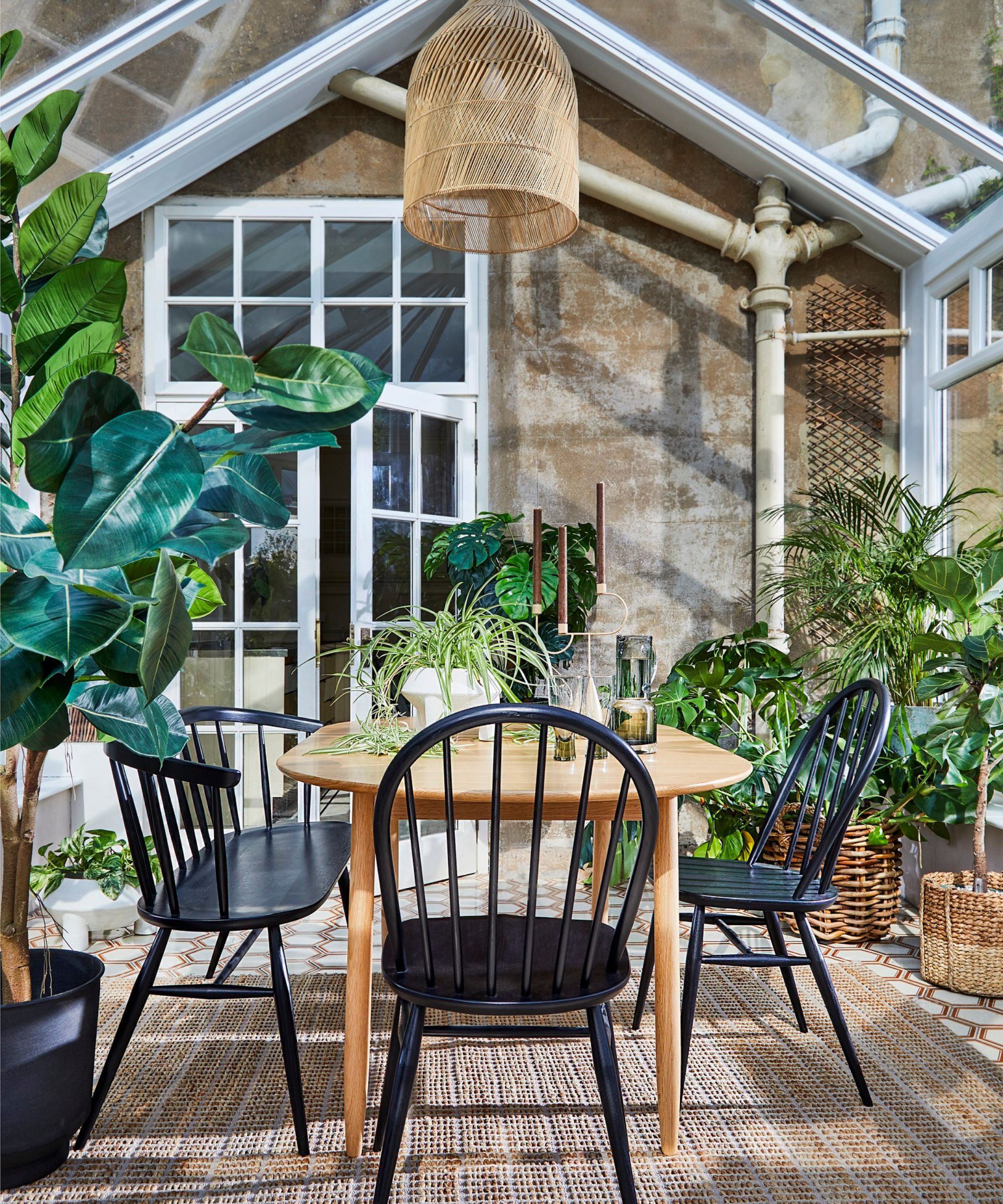
Experts say there’s been an increased appetite to build spaces in backyards that are used for entertaining, linked back to a heightened awareness of the benefits of being outside for wellbeing.
Converting outbuildings into party barns with at-home bars, exercise areas, pool houses, outdoor dining areas, and spas, is a big trend says Ben Holland of Holland Green Architecture.
‘We’re also being asked to create different zones in outdoor spaces, each with their own ambiance and purpose, for instance, a rewilding area is ideal for quiet and reflection, and great for wildlife too,’ he says.
8. Add plenty of pattern and print
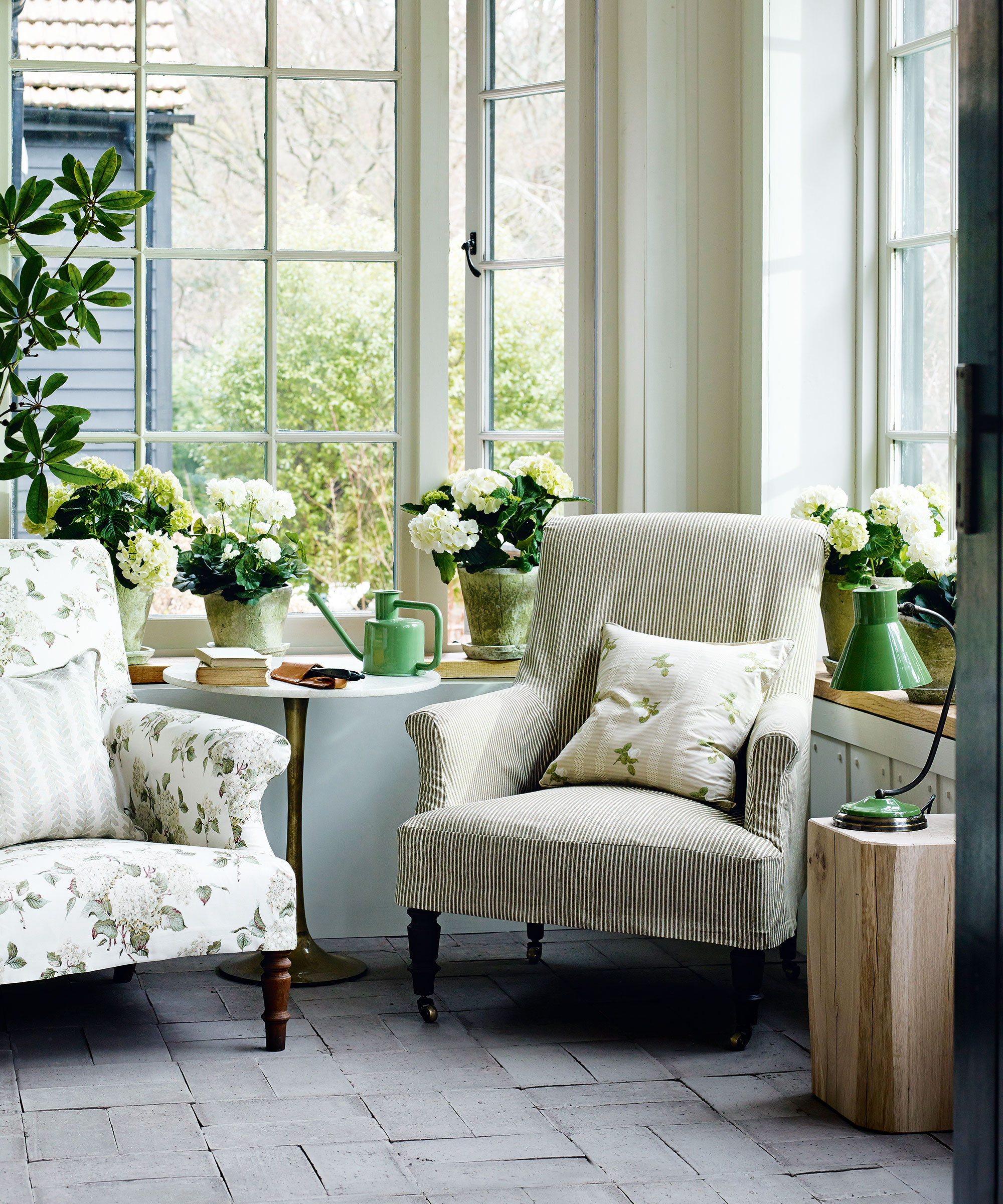
A well-designed garden room should evoke the feeling of stepping into a lush, verdant escape, where every color, texture, and detail reflects the garden outside.
Botanical prints in fresh greens create a tranquil springtime feel that brings the outside in. Don’t be afraid to mix and match fabric in a country-style garden room. It’s easier to mix patterns when they are drawn from the same color palette. Try experimenting with scale, combining florals, stripes, and geometrics.
A palette of soft green and greys, natural textures, and artful use of flowers and foliage will combine beautifully for a summery scheme that blends indoors and out. Textured fabrics like linen and jute further enhance the natural aesthetic, while botanical prints and floral patterns pay homage to the beauty of the garden.
9. Go big with glass
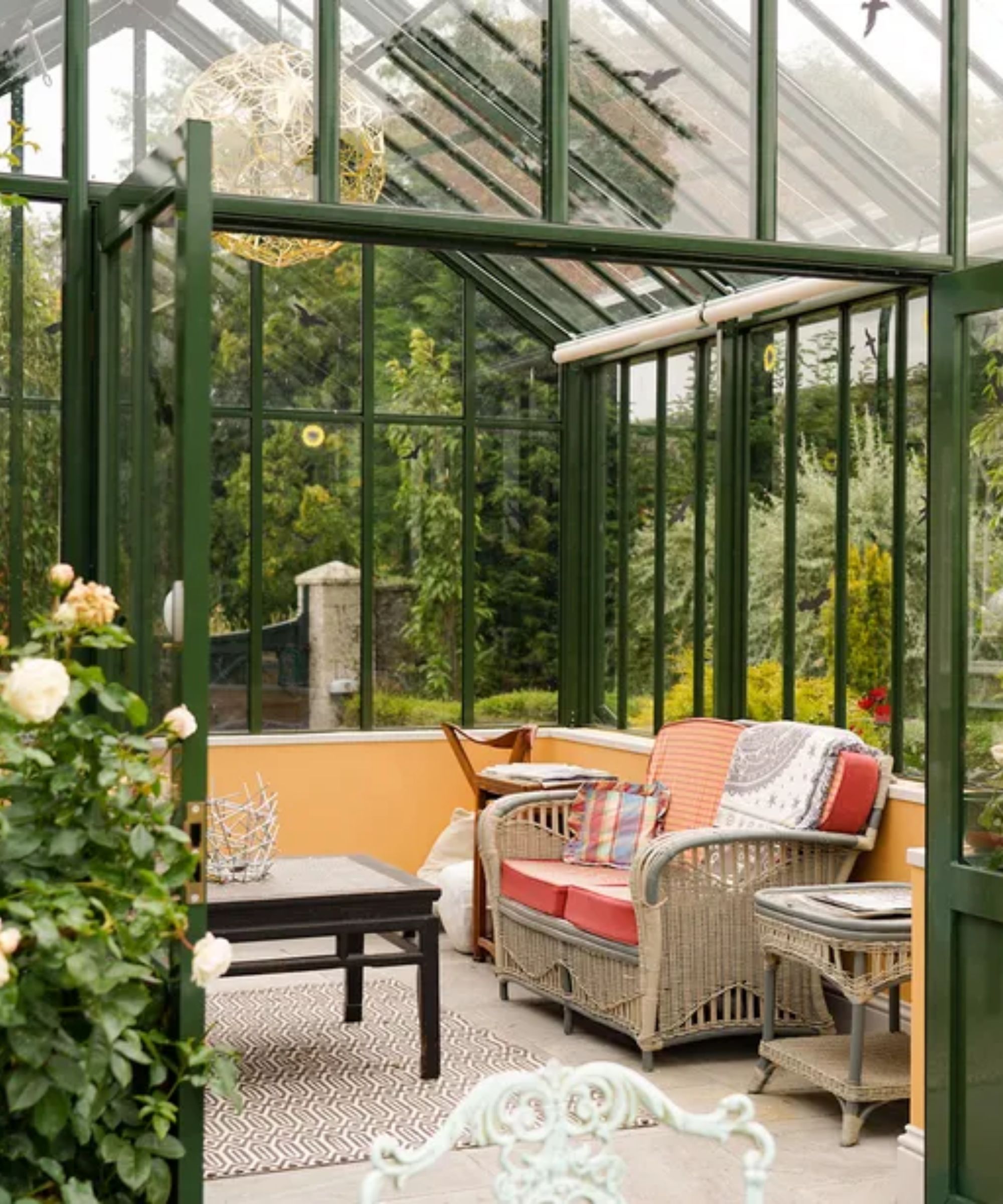
Embrace the connection to your garden by installing large windows, French doors, or even skylights to flood the space with natural light and provide views of the garden.
Looking for sunroom or conservatory ideas that make space for both dining and lounging? A concrete-topped table and rattan chairs offer a relaxed contemporary feel for lazy weekend brunches, while window seating, softened with a collection of graphic-print cushions in blues and greens, uses every inch of space without detracting from the bright feel. We love the green exterior of this space [above] – which blends beautifully with the greenery surrounding it.
When choosing windows, however, it's important to take into consideration the affect all of that light will have on your furnishings and decor inside. Primarily, the high levels of glazing can result in UV damage. Using low emissivity glass will reduce the UV and IR light getting through, while installing blinds to both the roof and sides will also help to combat effects of the sun.
10. Bring the garden's style in
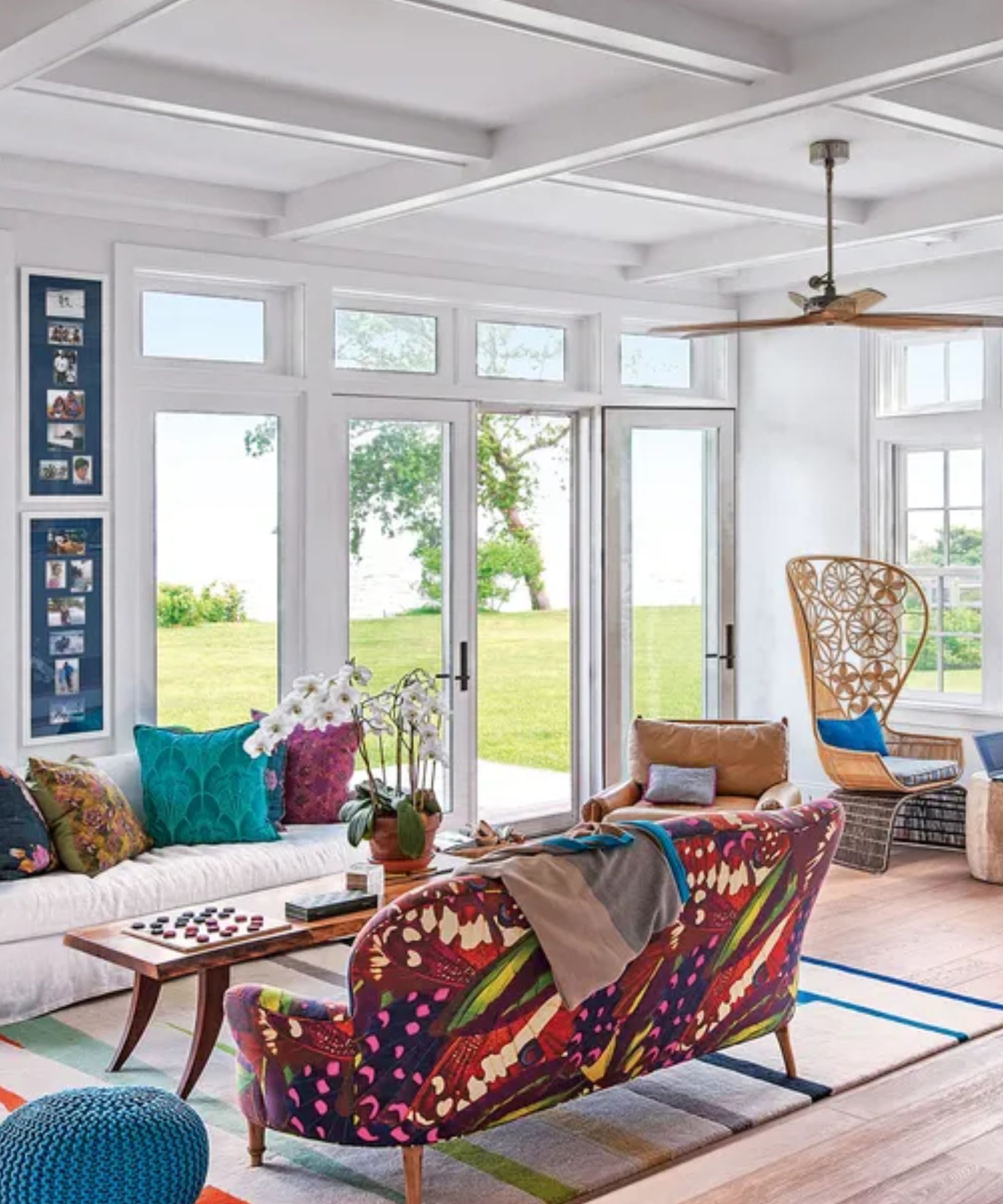
Before deciding on the decor, consider the look of your garden, and also the surrounding landscape. Is it cottage style or formal? Incorporating the strongest themes and shapes in your garden through color, pattern or line can be a good departure point for planning a garden room scheme.
For a more relaxed look, use metal or wrought iron garden furniture and natural stone flooring, like limestone flagstones or slate. Conventional, upholstered furniture and wooden floorboards will create a more formal feel. As a general rule of thumb, use lighter or medium-toned colors.
For maximum access, install folding or sliding doors that open out all the way and lead straight into the garden; these are perfect for sunny days, allowing for uninterrupted movement between the garden and the house.
11. Consider local zoning laws
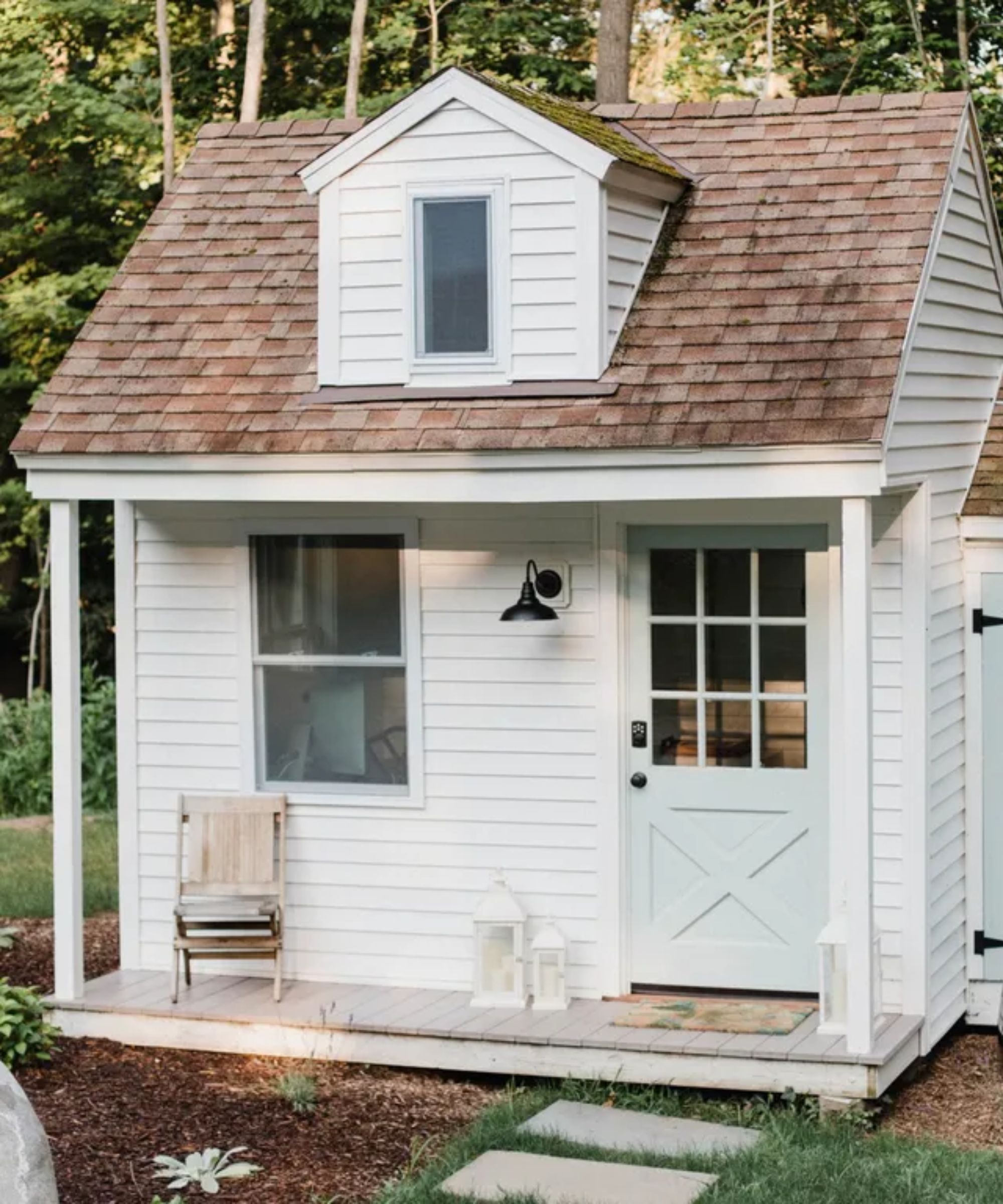
Don't get your heart set on a certain style of design or type of building until you have checked with your local building department to see what's allowed for your property, and whether you'll need permits or planning permissions to complete the structure.
Depending on where you live, you may be subject to regulations around the size of your structure, how far away it must be from your property line, or whether or not it can function as an accessory dwelling unit (ADU).
Additionally, you'll want to be considerate of your neighbors and how your plans will impact those around you.
‘Be prepared to be flexible and amend your design to suit the parameters; a boundary wall is not a problem in itself, but you have to be mindful of neighbors’ privacy and their right to light, therefore you may have to compromise on the height,’ says architect Max de Rosee of De Rosee Sa.
12. Make it practical for your lifestyle
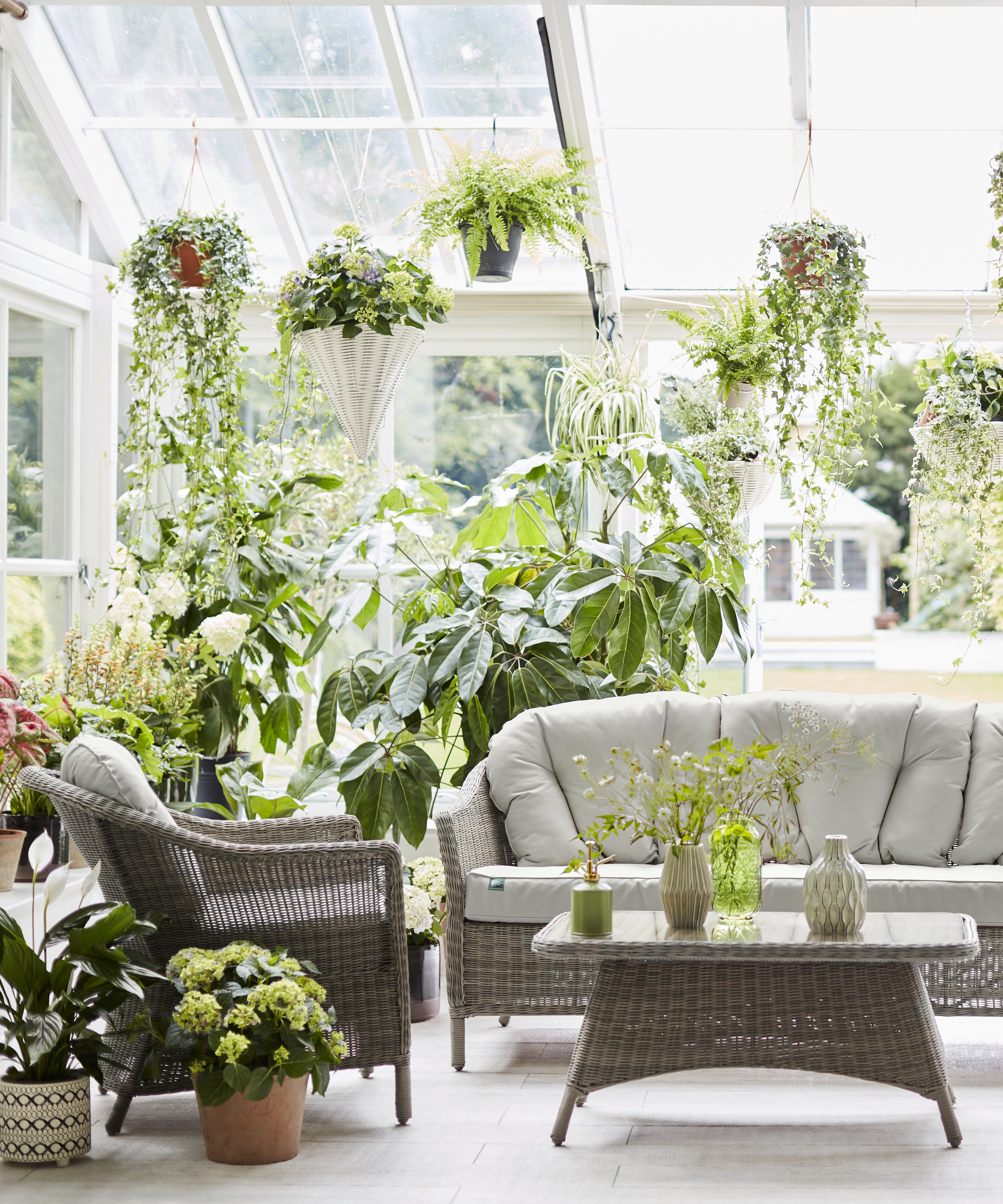
Cosmo Green Pearl; Dinner Plant Aralia; Golden Serpent Fern; Ficus Ginseng Bonsai; all foli8
It is important to note that it can be hard to create a full-use living space with a completely windowed extension. Even with advances in glass technology, this style of building can struggle to stay cool in direct sunlight.
If you plan to use your garden room as part of your main living space, consider making it more of a sunroom, with a wall of windows leading to the outdoors and a few skylights, instead of a space that's entirely made of glass.
‘More people now choose a garden room or orangery rather than a conservatory, since their solid roof construction makes them highly suitable for year-round living,’ says David Salisbury of David Salisbury Joinery.
It's also important to consider the plants both in and outside the garden room, and how often you want to be attending to them. 'One of the great advantages of garden rooms is that they are usually so well lit,' says foli8’s Plant Scientist, Kenneth Freeman. 'This means that your plants will seldom be wanting for light. They are often warm – almost hot – in the summer, despite all efforts to shade them. Conversely, they can be a little chilly in the winter. These conditions are ideal for a wide range of plants which can be displayed with great imagination and style.'
FAQs
How to you design a garden room?
When planning a garden room, think carefully about how you’d like to use the space. A garden room can be an extra sitting room, a peaceful sanctuary for enjoying your garden all year round, or a home office or ‘quiet zone.’ Alternatively, it can be your main family room, like many a contemporary orangery-style kitchen or a large convivial space for parties and entertaining. ‘With its full-length windows, an orangery will always create a more formal feel than a fully-glazed conservatory, and is now the most popular choice for kitchen and dining room extensions,’ says David.
A wide choice of building materials is available to suit all tastes. Painted hardwood is popular, while green oak-framed construction creates a more rustic look. Consider employing an architect, especially if your property is listed. To avoid delays at the planning stage, the scheme must blend sympathetically with the rest of the building, and have similar windows. Planning authorities will look closely at the roofline and positioning of any gables, and their visual impact on neighbouring properties. Solar control glass panels will optimize heat retention, and help keep heating costs down.
Our selection of garden room ideas offers plenty of inspiration for all property types and lifestyle needs.
What can I put in my garden room?
The beauty of a garden room is that it can be anything, really. You can use it as a relaxing retreat for reading and meditation, or as a space for a home gym or home office. Or, use it as a craft room, a space for guests to sleep, or even a potting shed.
Consider the function of your garden room before you build it, since its size, features, and furnishings will depend on how you plan to use it. If you want your garden room to serve as a home office or guest quarters, for example, it'll need electricity, proper insulation, and a heating source. If you plan to use it as more of a three-season room or potting shed, you may be able to do without those things.
Sign up to the Homes & Gardens newsletter
Design expertise in your inbox – from inspiring decorating ideas and beautiful celebrity homes to practical gardening advice and shopping round-ups.

Jennifer is the Digital Editor at Homes & Gardens. Having worked in the interiors industry for several years in both the US and UK, spanning many publications, she now hones her digital prowess on the 'best interiors website' in the world. Multi-skilled, Jennifer has worked in PR and marketing and occasionally dabbles in the social media, commercial, and the e-commerce space. Over the years, she has written about every area of the home, from compiling houses designed by some of the best interior designers in the world to sourcing celebrity homes, reviewing appliances, and even writing a few news stories or two.
- Charlotte OlbyStyle & Trends Editor
-
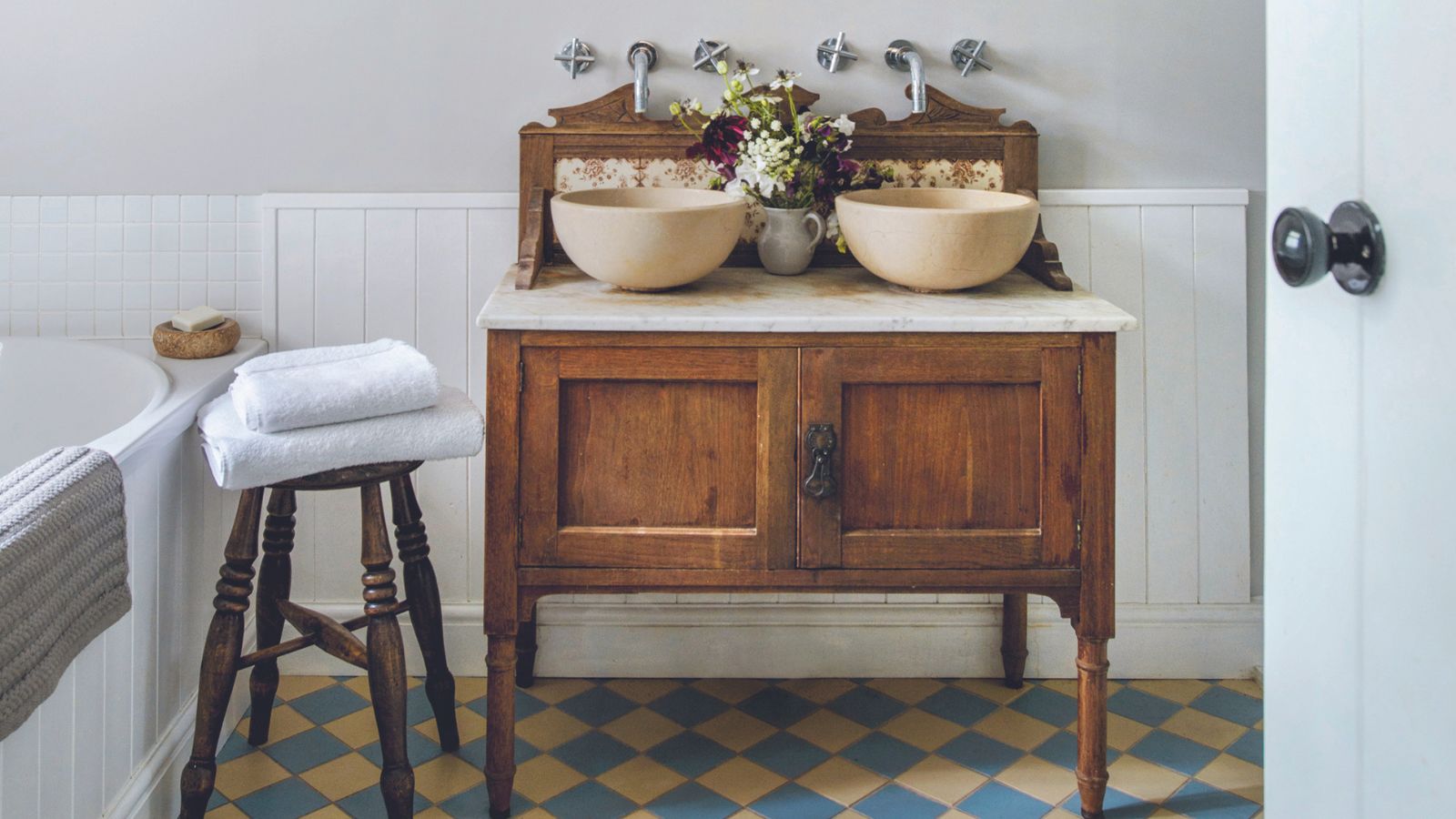 I'm 5ft2 and this telescopic scrubber safely and easily banished mold and grime in even the hardest-to-reach areas of my bathroom in less than 15 minutes
I'm 5ft2 and this telescopic scrubber safely and easily banished mold and grime in even the hardest-to-reach areas of my bathroom in less than 15 minutesMy bathroom has never looked better thanks to this handy $16 two-in-one tool from Joseph Joseph
By Ottilie Blackhall Published
-
 Everyone is obsessed with vintage tiles right now – bring the nostalgic charm of this classic design feature into your home with our 5 design ideas
Everyone is obsessed with vintage tiles right now – bring the nostalgic charm of this classic design feature into your home with our 5 design ideasHonor the past with our favorite ways to decorate with vintage tiles, as suggested by interior design experts
By Eleanor Richardson Published